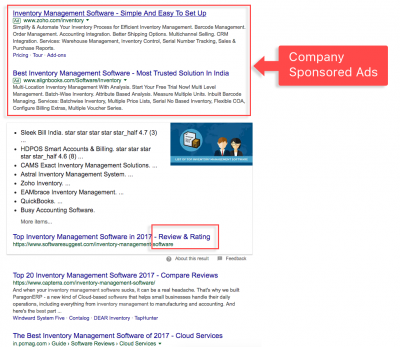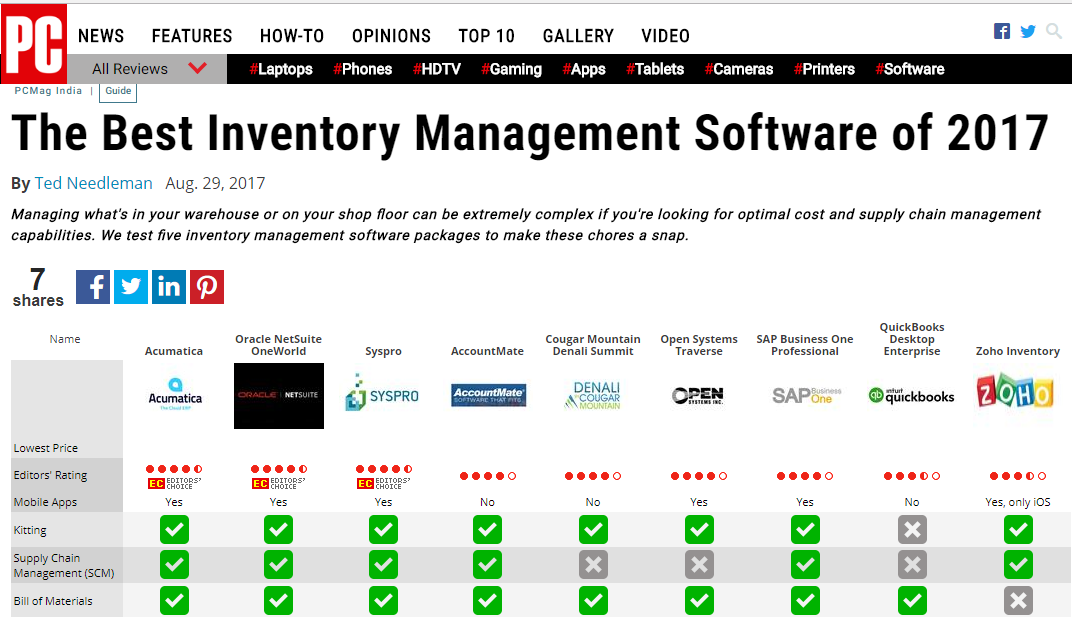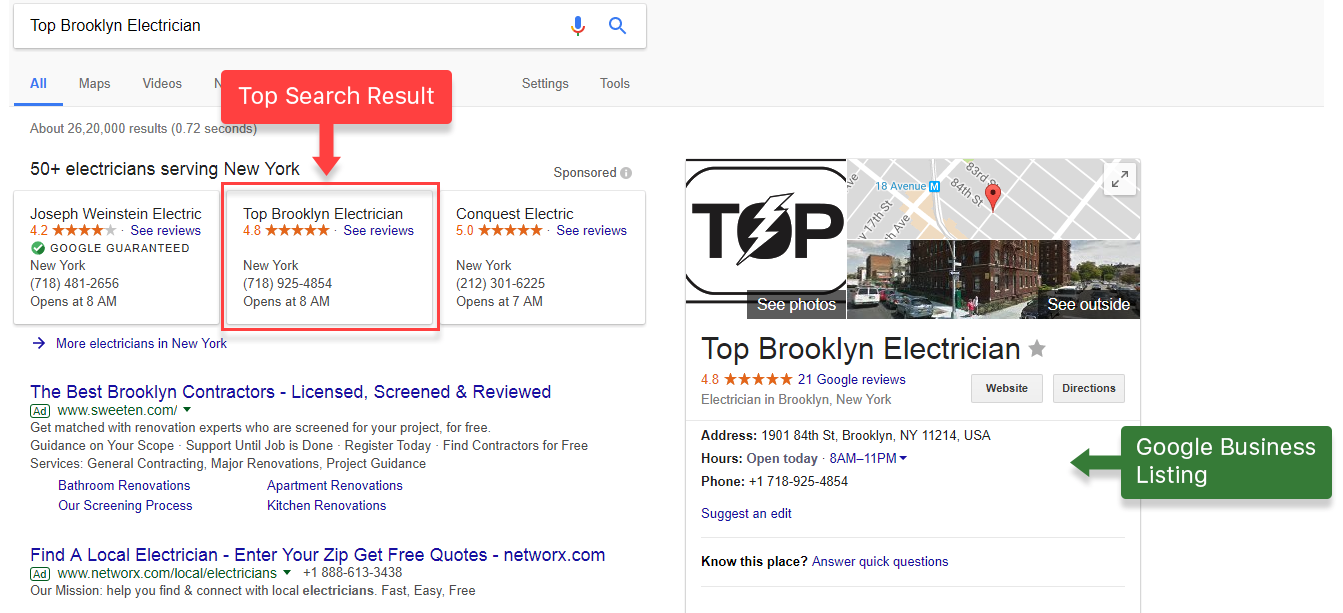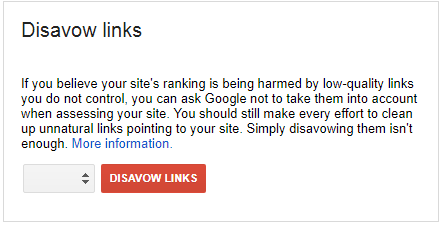There are over 1 billion sites clamoring for Google’s attention 24X7, 365 days a year. Which means Google is totally occupied, sifting the wheat from the chaff, weighing different website options so that only the top sites finds its way to the top search results.
So, how do you make sure that your site stands out and makes it into Google’s good books?
Okay, you know the drill:
a) Publish Quality Content
b) Update Content
c) Spruce Up Metadata
d) Set Up a Link-worthy Site
e) Using Alt Tags
Sure, you’ve been there, done that. And, sure enough, Google Gods, have been falling for your aforementioned blandishments, you’ve been religiously applying to your site, time and time again. But, no matter what, your sites’ traffic and traction rates are still not that great.
As you already know, Google will be already up to something at this very moment, churning its algorithm wheels to make our already complicated lives, hell. Jokes aside! Every single act of Google is to make sure that users are having an easy time on their search engines.
Check out 8 of the several lesser-known ways which may help you to be in the good books of Google and, in return, improve traction and traffic to your website.
#1. Solve User Queries through Comparison Charts and More
As it turns out, first-time customers love flirting with your site. Isn’t it? They’ll keep checking your site time and time again but never show real commitment. Among many other things, they’ll keep checking, re-checking prices, compare competitive products, read reviews and more.
The question then is: How to turn this tentative customer into a sure buyer?
Simple: Find out what they are actually looking for and then present them on your website without much ado.
To scope out what users are actually looking for, you need to first scan the web for the same. In other words, you need to scan the web for *Top Organic Results*
Checking out for top organic results will give you valuable insights as to what people actually looking for. Say, for instance, a visitor keys in search query “best inventory management software.”
The results? Partly expected and partly unexpected.
The expected part: All the leading paid searches are from companies. The unexpected part: All leading organic searches consist of comparisons and reviews. And, it goes without saying that all paid searches are product promotions. There’s no room for reviews and comparisons of any kind when it comes to sponsored ads.

But the fact is: Visitors are not attracted by sponsored results. Quite the contrary, exhaustive data in the form of reviews and comparison charts are something that they have always been interested in. Which means visitors are gonna overlook the paid searches no matter what and opt for organic sites that serve relevant info in the form of comparisons charts, reviews and more.
Got the drift?
Okay. Now your job is to create content that’s in line with the top organic results.
The image below displays one of the top organic results for “best inventory management software.”

Long story short: If you want your content to rank highly in Google searches, you need to solve user queries, first and foremost. Coming up with comparison a chart is one of the best ways to do it. This will help users compare different products, which in turn, will help them make up their minds whether the product is worth spending or not.
Notwithstanding the noteworthy features of organic searches, sponsored or paid searches are good in their own right. For instance, they are the safest bet when it comes to things such as brand building and more. In fact, no other strategy is as good as paid searches when it comes to promoting startups.
#2. Include Keywords in Your Business Name
If you think you are spamming search results by doing this, think again. An article by Casey on Moz blog recommends this strategy to attract Google’s attention instantly.
To find out how effective this strategy could turn out to be, I started searching for *Top Brooklyn Electricians* and came across these results.

There you have it! Just look at the Google Business listing and even the top search results entitled “Top Brooklyn Electrician.” I was taken aback a little when I saw the results. I checked out their website URL to verify their business name. Yes, it was topbrooklynelectrician.com and to my utter surprise, even their logo had the same name.

According to Google My Business Guidelines, there’s nothing wrong with such names. Just make sure, your storefront, website, stationery and all use the same business name. The bottomline? Don’t confuse the customers by coining different names, one for Google and one for customers, that is.
#3. Disavow Backlinks
Spooked? No. Don’t be. Here I talking about disavowing spammy backlinks.
Sure, it’s Penguin’s job to spot spammy links on your website and devalue them. But then, you simply cannot ignore Disavow if you think your website is really, I repeat really, loaded with spammy, low-quality incoming links that your webmasters are struggling to deal with. And, you know for sure, these bad backlinks, built by your hired SEO person through different link building schemes, is causing a lot of harm to your website in terms of rankings and all. Then it’s high time to get them disavowed. In other words, make a request with Google to ignore certain links while accessing your website.
Now, how to do you disavow backlinks?

It’s a two-step process. First and foremost, create an excel sheet with all the incoming links pointing to your site. Next, sift through the excel sheet to find links that you want to disavow and put them in a different file. Upload this to Google.
In case you want Google to ignore all the links from an entire domain (for instance currency.com), you just need to add the line “domain:currency.com.”
In your text file, you could additional info such as excluded links (links that shouldn’t be disavowed). But make sure you begin each line of the description with *#* hashtag. It’s kind of signal to Google that you don’t want to disavow the sites with #.
Remember: You are not supposed to upload the entire list of links to your site. The text file you intend to upload should only contain those links you want Google to ignore.
#4. Leverage “People Also Ask” Box
Launched in 2015, the “People Also Ask” feature is an expandable box of search queries that appear along with the original search. On clicking on each question it gets expanded helping the user find in-depth details on a particular subject matter.
This feature is a good resource for marketers as they get to familiarize themselves with the terms users are searching, which in turn, could be used for solving customer problems.
The question now is: how to use this feature in your marketing?
Answer user questions more and more
If you are not finding enough content ideas, “People Also Ask” box feature could spark a sea of ideas in no time.
Type in a general search query first and then wait and watch as to what pops up in the “People Also Ask” box. The questions that pop up in this box are no ordinary queries. They are based on high volume of search queries, so you can trust them as important and critical part of your content strategy.
Say, for instance, if you key in “How do bitcoins work” Position 0 belongs to bitcoin.org. So people are sure to check this site out. And the questions that appear in People also ask are highly searched for. Position 1 belongs to lifewire.com and bitcoin.org appears on Position 2. So, for sure, people would be checking out lifewire.com along with bitcoin.org.

The point is: “People Also Ask” box along with Position O and Position 1 could make you a market leader in any field given that all links would be directed to your website via the search pages. So, it pays to optimize for all the three positions.
But remember: answers that generally appear in “People Also Ask” boxes usually appear on the first page of that specific term. So, if you want your website content to appear right up there, in the People Also Ask box, make sure that the content is well-written and informative for each and every search query.
#5. Make the Most of Canonicalization
For the starters, canonicalization and duplicate content are not mutually exclusive. It a process by way of which we tell Google to give certain URLs preferential treatment over other URLs that contain duplicate content.
In short, Canonical URLs are the ones you want Google and other search engines to index and rank.
Other URLs that may contain duplicate content, or in Google’s terms some “appreciably similar content” which you may have created for some good reason such as A/B testing and more, but you don’t want the search engines to index them, in such cases you need to canonicalize the preferred links.
For instance, you have got *example.com/a* which is the actual URL and there’s another site with similar content, that is *example.com/b* which you may have created for some testing purposes, in such cases you can tell Google, not to index website *b* by not canonicalizing it.
You can point out the preferred URL to Google, that is *example.com/a*, with the rel=“canonical” link element.
Suppose you want *https://www.example.com* to be your preferred URL, even though different URLs have the same content. You can signal these to search engines as follows:
This indicates to search engines the preferred URL to access the post so that the search results will show only the preferred link and not the other links with duplicate content.
Duplicate content could lead to traffic and ranking losses. Read more about duplicate content issues here.
To ensure that your site is free from duplicate content issues you could take the help of top web development companies who’d ensure that only the master pages are canonicalized.
#6. Leverage Lynx to examine your site
Set up logical link structures on your site. This will make sure that each page is accessible through at one static text link.
You can take help of Lynx – text browser to examine your site. It will give your first-hand account of how Google spiders are likely to view your site. Avoid features such as JavaScript, cookies, session IDs, frames, DHTML, or Macromedia Flash. It simply crowds your website, making it almost impossible for the spider to crawl your website.
#7. Refresh Your Sites Older Content
Google has clearly stated in 2010 Caffeine update that it prefers new content over the old content and yes, this includes your blog posts as well. In other words, even if you edit or update one of your on-site blogs, it could rise in search rankings because of its newness. So far so good. But then the fact is, Google prefer major updates over smaller ones. Put another way, rewriting the article could lead your post to higher rankings that just changing lines here and there. So, if you want Google to take notice of your site, refresh your site’s older content.
#8. Develop Higher Dwell Time
Dwell Time is the amount of time spent on a particular page before we return to the main SERP. Say, for instance, if you spend some 5 minutes on a page before returning to the SERP that means that page has a high dwell Time. On the contrary, if you spend just 10 seconds on that page, you have a low dwell time. The bottomline? Sites with higher dwell time perform better, thanks to their content quality than their low dwell-time companions.
Wish to boost the dwell time of your website? There are several top web design companies out there who’d help you set up with several smart web design principles to propel your website’s dwell time.
Parting Lines
There you have it, the “8 lesser known ways to enter Google’s good books.” But, adding keywords in your business name could be a little tricky thing, for you never know. What if everyone starts doing the same, prompting Google to take measures against such sites? Notwithstanding the business name strategy, there are other safe strategies that you can count on such as coming up with comparison charts, People Also Ask boxes, canonicalization and more that could help you take the internet world by its tail and get Google to pay attention to your website.



